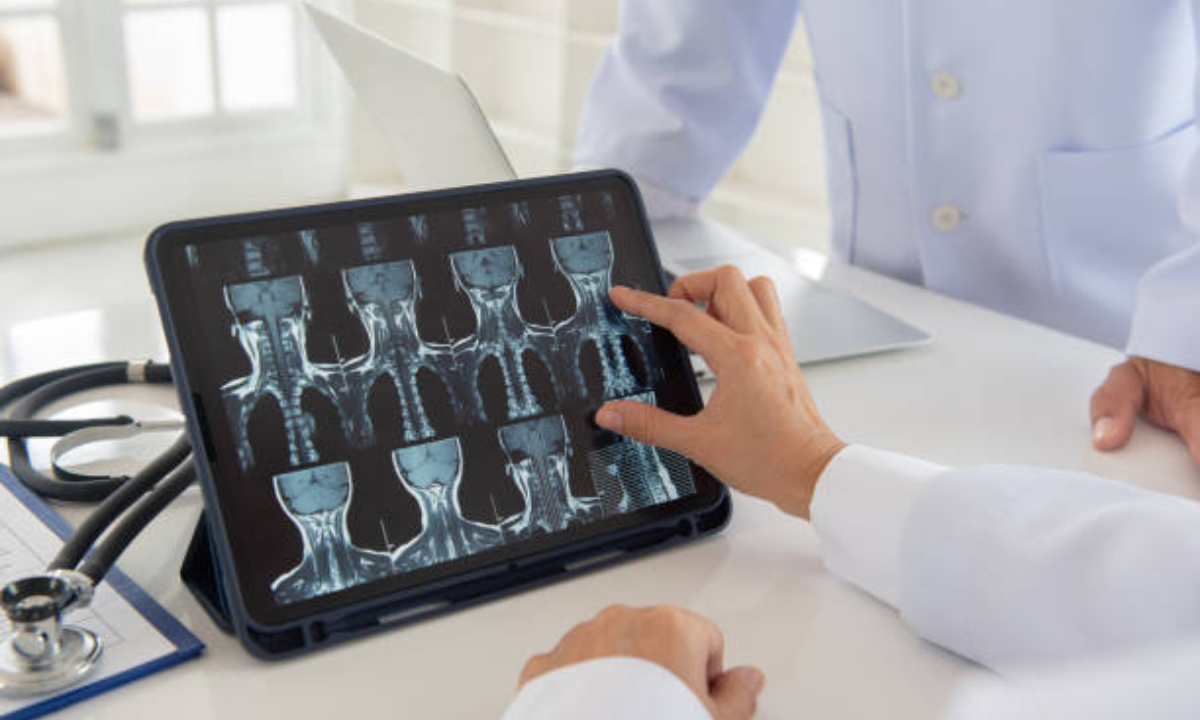In the rapid world of emergency medicine, time is of the essence, particularly when it comes to medical trauma. Proper and timely diagnosis can be the difference between life and death. That’s where CT scans (Computed Tomography) become a crucial tool in trauma treatment. CT imaging, over the years, has changed the way physicians handle trauma cases, with a quick detailed imaging of the internal structures of the body. This article identifies how CT scans save lives and why doctors use them as a first option when working with traumatic injuries.
Understanding Medical Trauma

Medical trauma involves injuries to the body due to force from the external environment, i.e., accidental injuries, fall, or blunt trauma. Injuries to the body may happen to any structure and can be of any magnitude ranging from minimal bruising to fatal organ injuries. When there is a need to assess the severity and extent of injury in such instances, CT scan represents an imageless, highly accurate diagnostic technique.
What is traumatic injury? It is any physical damage to the body caused by acute external force. These can include such things as fractures, internal bleeding, organ lacerations, or brain injuries. Traumatic injuries are frequently unforeseen and need to be seen at once.
The extent of a traumatic injury does not always show on the outside. Damage within can be hidden behind stable vital signs or subtle external findings. That’s why physicians have come to rely so much on imaging methods such as CT scans to obtain a clear, comprehensive internal view of the patient’s status.
Why CT Scans Are the Gold Standard in Trauma Care
Physicians treating trauma patients require speedy, accurate, and trustable diagnostic information. CT scans have a number of benefits making them the top choice:
1. Speed and Precision
A patient’s minute counts in medicine. CT scans return results within minutes, facilitating immediate diagnosis and timely treatment.
2. Extensive Imaging
CT scans can also assess the head, chest, abdomen, and pelvis all at once—regions usually involved in serious trauma cases. This overall perspective is indispensable in developing efficient treatment regimens.
3. Internal Bleeding Detection
Internal bleeding is among the deadliest effects of traumatic injuries. CT imaging identifies even minute amounts of bleeding, allowing for immediate surgery or non-surgical intervention.
4. Non-Invasive and Painless
CT scans are entirely non-surgical, minimizing the necessity for exploratory procedures and lessening patient suffering during evaluation.
CT Scans in Post Treatment Recovery
Even once the immediate emergency is under control, CT scans remain crucial in post treatment recovery. Follow-up examinations enable monitoring of healing, the identification of complications such as infection or abscesses, and monitoring the success of surgery or other therapies.
Post treatment for the majority of patients consists of a series of CT scans to observe internal injuries improving and confirm that nothing new emerges during recovery.
Detecting Post Traumatic Stress Disorder Risk Factors
Physical trauma comprises only half the picture of medical trauma. Emotional effects, post traumatic stress disorder risk factors to be exact, can also impact recovery dramatically. Although CT scans do not officially diagnose PTSD, they play an important role in assessing brain damage – one of the risk factors associated with this diagnosis.
Research indicates that head-injury patients are more likely to develop PTSD. Early detection of brain abnormalities by CT scans can help mental health professionals recognize patients who will need psychological assessment and treatment.
Benefits of CT Scans Over Routine Imaging in Trauma Evaluations
Conventional X-rays and ultrasounds have their uses, but they are lacking in the high-stakes world of trauma cases. In contrast to these techniques, CT scans provide cross-sectional images, providing physicians with a 3D view of bones, organs, and blood vessels. Such detail is priceless when quick, knowledgeable decisions must be made.
In addition, CT scans minimize the use of repeat imaging tests. Rather than utilizing numerous different imaging devices, a single scan will deliver all of the information needed to make an effective evaluation.
CT Scans and Emergency Room Protocol
Most emergency rooms now have specialized trauma protocols that start with a whole-body CT scan. This method has been shown to decrease mortality rates, especially in patients with multiple traumas. Scanning immediately allows for better triage of patients, such that those with life-threatening injuries receive immediate attention.
Balancing Radiation Risks with Life-Saving Benefits
One objection frequently brought against CT scans is exposure to radiation. Admittedly, CT imaging exposes the patient to more radiation than conventional X-rays, but the life-saving advantages more than compensate for the risks—particularly in acute trauma involving medical emergencies. Newer scanners are engineered to keep the exposure as low as possible while still delivering high-resolution images.
Physicians consider carefully the advantages and disadvantages, and in almost every instance of traumatic injury, the diagnostic benefit of a CT scan is deemed necessary and warranted.
The Future of Trauma Imaging
The technology is continually improving, making CT scans quicker, safer, and more precise. With advances in AI and machine learning, hospitals are now adopting smart software to identify injuries in real time—adding an extra layer of CT scan applications in trauma patients.
From ambulances carrying mobile scanners to super-speedy machines used in emergency rooms, the future of trauma treatment is rapidly depending more on such imaging equipment.
Conclusion
In medical trauma management, CT scans are now unavoidable. They are the gold standard due to their capability of delivering quick, precise, and detailed imaging, which they do quite well. They are used to assess traumatic injury, monitor progress post treatment, and even determine if one is at risk for post traumatic stress disorder.
If you are a physician, patient, or simply concerned with the future of medicine, you owe it to yourself to know how CT scans fit into trauma care. After all, when trauma strikes, knowledge and swift action are what save lives.







